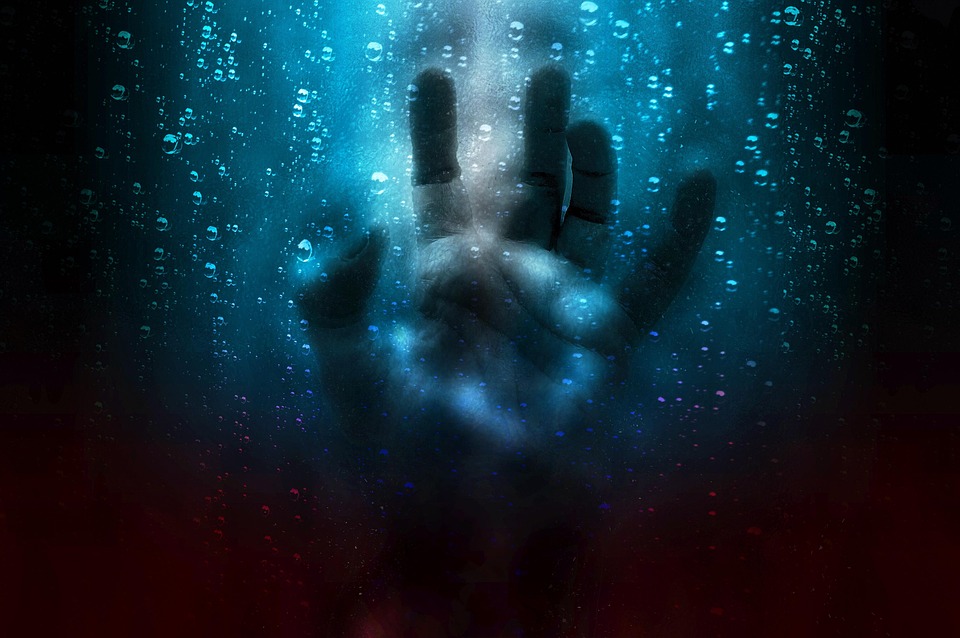The realm of horror has long captivated audiences, drawing them into a world where the unknown lurks around every corner. Traditional horror experiences often focus on the solitary journey, creating a sense of isolation that heightens anxiety and fear. However, a new wave of multiplayer horror games has emerged, redefining the genre by introducing cooperative gameplay elements. These games not only amplify the terror but also deepen the emotional connections among players, resulting in a unique blend of fear and camaraderie.
The Evolution of Horror Games
Historically, horror games such as "Resident Evil" and "Silent Hill" placed players in the shoes of lone protagonists, tasked with navigating dark corridors and battling nightmarish creatures. The psychological tension derived from being isolated in a terrifying environment was a defining characteristic of the genre. However, it became evident that shared experiences could evoke profound fear and tension, leading to the birth of multiplayer horror.
Titles like "Dead by Daylight," "Phasmophobia," and "The Forest" have successfully embraced cooperative mechanics, allowing players to confront their fears together. These games highlight the dynamic interplay between teamwork and terror, creating an experience that resonates far beyond the confines of individual play.
The Psychological Mechanics of Cooperative Fear
Shared Anxiety
One of the most potent effects of multiplayer horror is the phenomenon of shared anxiety. When players are thrown into a frightening scenario, their collective fear amplifies the tension. In-game threats become not only a challenge for individual survival but a test of group dynamics. The palpable fear felt during a sudden jump scare or an unexpected encounter with a monster becomes amplified when shared with friends.
Social Bonds
The collaborative nature of multiplayer horror cultivates social bonds among players. The act of facing fears together strengthens friendships, leading to memorable experiences. Players often find themselves communicating strategies, sharing resources, and supporting one another through harrowing situations. This interaction fosters a unique sense of camaraderie—one that is often absent in traditional single-player horror experiences.
The "Buddy System" Effect
Multiplayer horror often employs mechanics that encourage players to stay close to one another. The "buddy system" can heighten both tension and strategy, as players must decide whether to split up to accomplish objectives or stick together for safety. This decision-making process introduces a layer of complexity to the game, where players must weigh the benefits of cooperation against the risks associated with potential losses.
Game Design Elements that Enhance Cooperative Horror
Asymmetric Gameplay
Many contemporary multiplayer horror games feature asymmetric gameplay, where players assume roles with differing abilities and objectives. In "Dead by Daylight," for instance, one player takes on the role of a killer while the others become survivors, each with unique skills. This structure creates an engaging cat-and-mouse dynamic, heightening the stakes as players must outsmart one another while navigating horror-infused scenarios.
Environmental Storytelling
The use of environmental storytelling—subtle clues and narrative elements embedded within the game world—serves to enrich the cooperative horror experience. Atmospheres filled with creeping dread, unsettling sounds, and backdrop narratives can evoke a shared sense of fear and curiosity among players. The cooperative exploration of these environments leads to discussions, theories, and a deeper understanding of the terrifying world they inhabit.
Unique Challenges
Designing challenges that require cooperation is critical in multiplayer horror. Games like "Phasmophobia" utilize unique tasks that necessitate teamwork, such as identifying ghost types based on clues while managing escalating dangers. This interactive approach keeps players engaged and forces them to rely on one another, further deepening the cooperative experience.
Player Empowerment through Collaboration
Interestingly, multiplayer horror does not merely heighten fear; it also cultivates a sense of empowerment. Players understand that they are not alone in their struggles. The ability to rely on fellow players can transform a terrifying scenario into a more manageable challenge. This shift in perception can enable players to confront their fears head-on, creating a dynamic interplay of vulnerability and strength.
Conclusion: A New Era of Fear
The emergence of multiplayer horror games marks a pivotal moment in the genre’s evolution. By integrating cooperative elements and emphasizing shared experiences, developers have birthed a new form of fear that is both thrilling and deeply engaging. These games invite players to confront their darkest fears together, forging connections that enhance the overall experience.
As technology continues to evolve, the possibilities for multiplayer horror will only expand. Whether it’s through virtual reality or enhanced immersive environments, the potential for new depths of fear and camaraderie remains vast. In this brave new world of cooperative frights, players will continue to discover that fear is best faced together.



